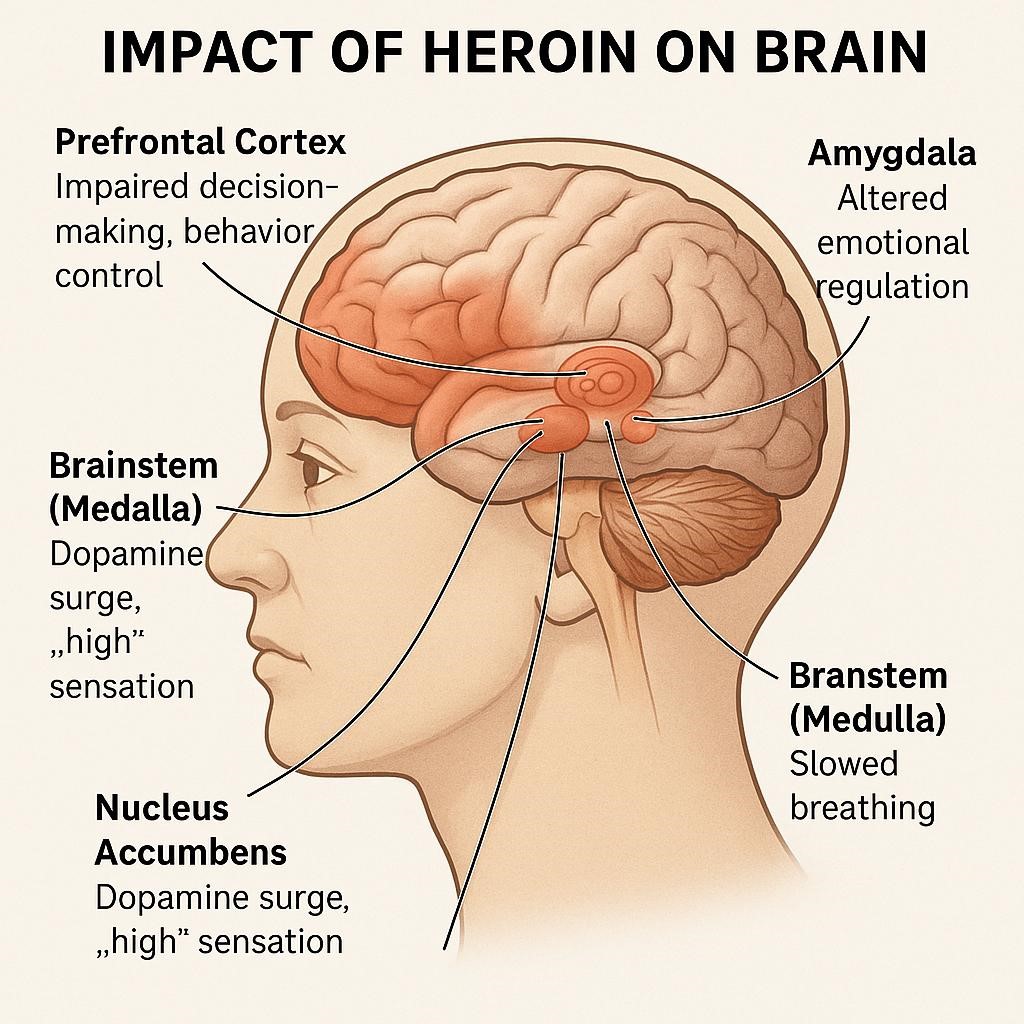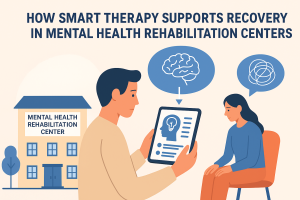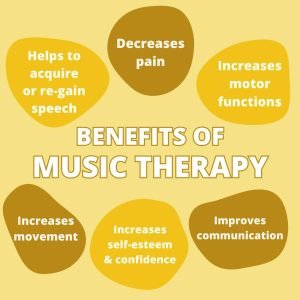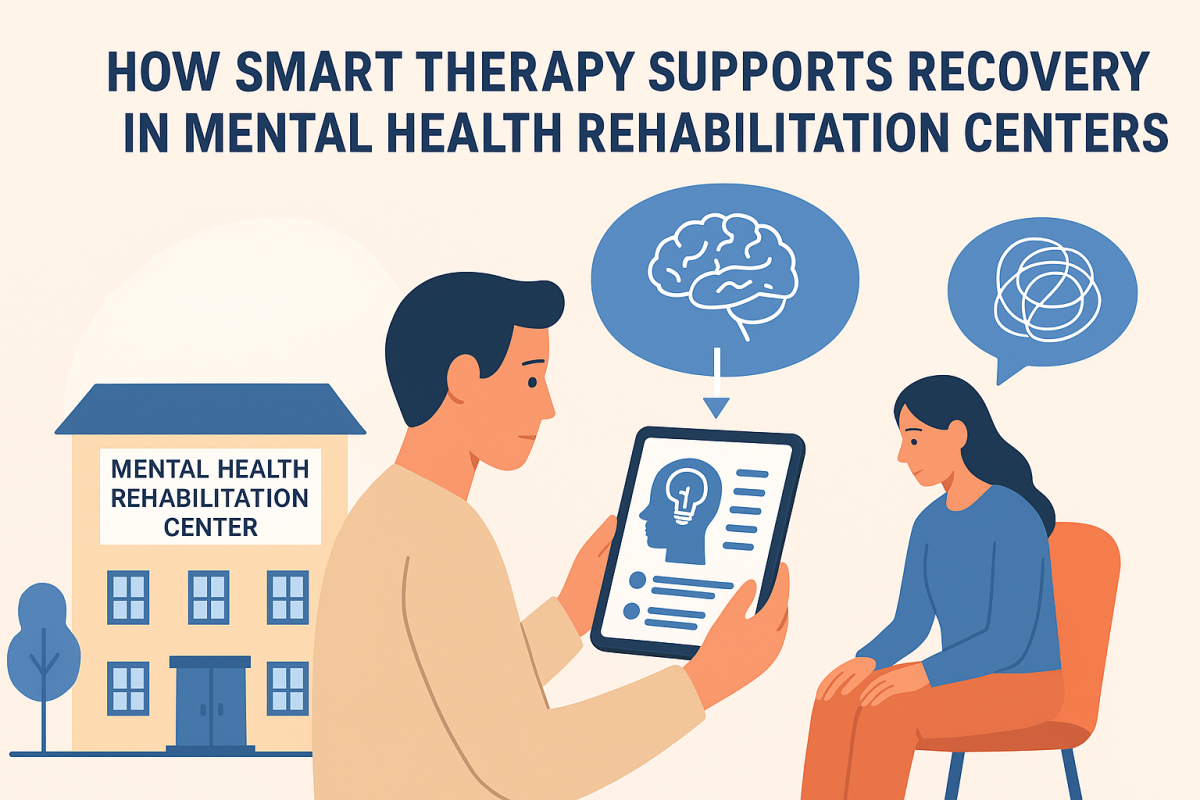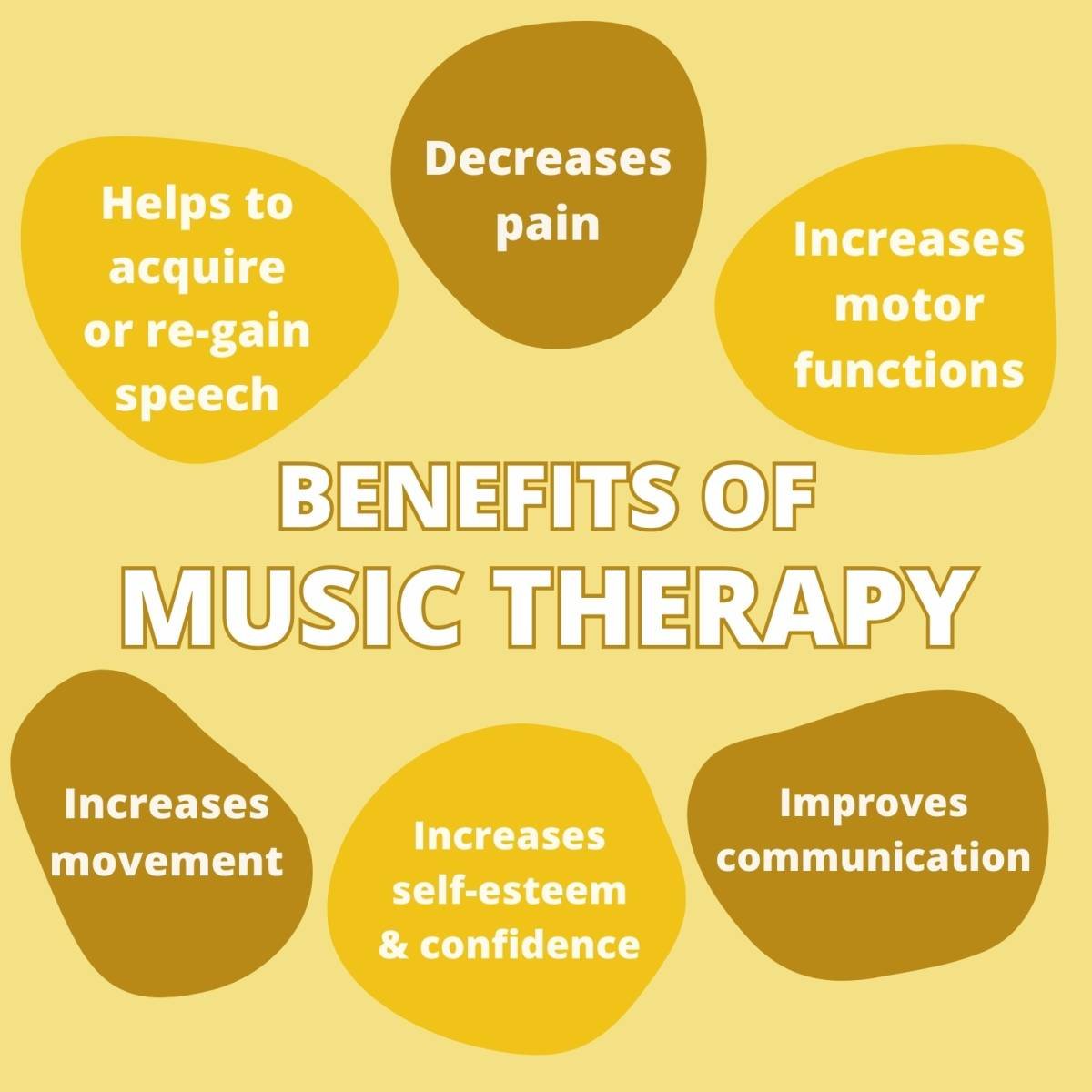What is Heroin?
Heroin is a potent, habit-forming drug and part of the opioid family of drugs that includes oxycodone, codeine, methadone, and fentanyl. Heroin and codeine are both natural drugs whereas methadone and fentanyl are synthetic.
Heroin, also known as dope, fairy dust, or smack, is derived from opium poppy plants. It is produced from morphine, a biologically active component of opium and a prescription opioid used as a painkiller. Heroin is a highly dangerous substance that tends to have a higher risk of overdose compared to many other drugs. Dependence to heroin can occur quickly with heroin use and can be very deadly. Heroin dependence can occur after just one time using. In almost all cases, heroin use leads to serious drug dependence. In addition, the deadly use of adding the opioid fentanyl to heroin has significantly increased opioid overdose rates and death from overdose as well.

What is Heroin Addiction?
Heroin addiction is a chronic, relapsing disorder characterized by the compulsive use of heroin a highly addictive opioid drug despite harmful consequences. It affects a person’s brain and behavior, leading to an overwhelming physical and psychological dependence.
Neurology of Heroin
The neurology of heroin refers to how heroin affects the brain and nervous system at a structural and chemical level. Heroin is a central nervous system depressant, and its powerful effects are due to how it interacts with the brain’s opioid system, which regulates pain, reward, and emotional responses.
Neurological Effects of Heroin:
1.opioid receptors and Binding
Heroin rapidly converts to morphine in the brain.It binds to mu-opioid receptors (MORs), which are primarily located in:
Brainstem affects breathing and heart rate.
Limbic system affects emotions and reward.
Spinal cord reduces pain signals.
2.Dopamine Surge and the Reward System
Heroin use causes a massive release of dopamine in the nucleus accumbens, a core region of the brain’s reward circuit. This dopamine surge creates the intense “high” or euphoria, reinforcing drug-taking behavior. Over time, the brain reduces its natural dopamine production, leading to dependence and an inability to feel pleasure (anhedonia) without the drug.
Impact on Brain Areas
Brain Region Effect of Heroin
Prefrontal Cortex Impaired decision-making, impulse control, judgement.
Amygdala Altered emotional regulation and increased anxiety.
Hippocampus Memory impairment.
Brainstem (Medulla) Slowed breathing → risk of respiratory depression/death.

The Warning Signs of HEROIN Addiction
20 million adults suffer from a substance abuse problem. Heroin is one of the most addictive drugs on the planet. Signs and symptoms of heroin addiction vary but often include:
Heart Disease Cold Flashes
Kept Secret Extreme Fatigue
Poor Hygiene Body Aches
Short Breath Stomach Pain
Liver Problems Kidney Disease
Sexual Dysfunction Digestive Problems
Poor Decisions
Impact of Heroin on the Body
Heroin is a highly addictive opioid that has serious effects on both the brain and body.

Prevalence of Heroin in Pakistan
The UNODC calculates that more than 800,000 Pakistanis between the ages of 15 and 64 use heroin regularly. It is also estimated that up to 44 tons of processed heroin are consumed annually in Pakistan. A further 110 tons of heroin and morphine from neighboring Afghanistan are trafficked through Pakistan to international markets. Furthermore, Pakistan’s illegal drug trade is believed to generate up to $2 billion a year.
The overall results of the survey revealed that approximately 6 percent of the population 9 percent of the adult male population and 2.9 percent of the adult female population – equivalent to 6.7 million people had used a substance other than alcohol and tobacco in the preceding year. This year the World Drug Report 2022 revealed an estimated 284 million people worldwide had used drugs in 2020. Cannabis remains by far the world’s most used drug, and the report also notes an increase in use of amphetamines. Globally, the report estimates that 11.2 million people worldwide injected drugs during the period of the study. Around half of this number were living with hepatitis C, 1.4 million were living with HIV, and 1.2 million were living with both.

Treatment for Heroin Addiction
Treatment for heroin use involves a comprehensive approach that combines medication-assisted treatment (MAT) with behavioral therapies, tailored to meet the specific needs of each individual. The goal is not only to help the person stop using heroin but also to support long-term recovery and reintegration into a healthy, productive life.The first phase of treatment usually begins with detoxification, during which the individual stops using heroin under medical supervision. Alongside medication, behavioral treatments play a critical role in addressing the psychological and emotional aspects of addiction. Contingency Management, which uses positive reinforcement to encourage sobriety, and group therapy, where individuals share experiences and gain support from others in recovery. In addition to individual and group therapy, family therapy can be essential, particularly when family dynamics contribute to or are affected by the addiction. Rebuilding healthy relationships and improving communication can enhance the support system crucial for long-term recovery.
Each person with heroin user has unique needs and circumstances. Therefore, it is important that treatment is individualized. A good treatment plan should consider the person’s medical history, mental health status, social environment, and level of addiction. Integrated care that addresses co-occurring mental health disorders such as depression, anxiety, or PTSD is also important, as these conditions often coexist with substance use and can hinder recovery if left untreated. Aftercare planning and Relapse Prevention Training are essential components of treatment. These include ongoing counseling, support groups, vocational training, housing support, and life skills development. Regular follow-up with healthcare providers helps to monitor progress, adjust treatment as needed, and provide continuous support.
Important to know about……
It is important that when you know someone who is addicted to drugs and you are looking for treatment, you choose a good treatment center or rehab center wisely So that your time and money are used properly and you also benefit. Before treatment, it is important to know completely about the treatment institution, visit it and get complete information about the environment and treatment procedures from the experts there and be satisfied. After that, believe in the treatment and experts and support them.
To About Writer
Zakia Zareen
As a Intern Psychologist at New Hope Rehab & Caring Center Islamabad
Address #
HOUSE 275, STREET 2, BLOCK A, NEAR SAVE MART MAIN PWD ROAD NATIONAL POLICE FOUNDATION ISLAMABAD
CONTACT:
03127493940, 03005049772



